Cross and Strength Training Tips for Swimmers
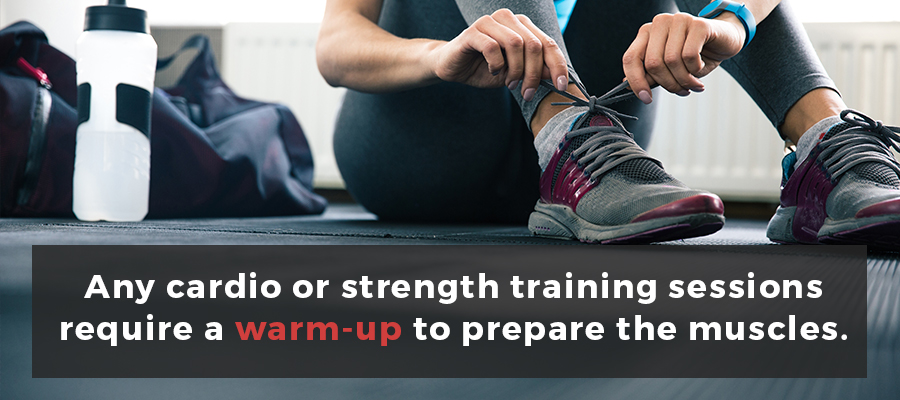
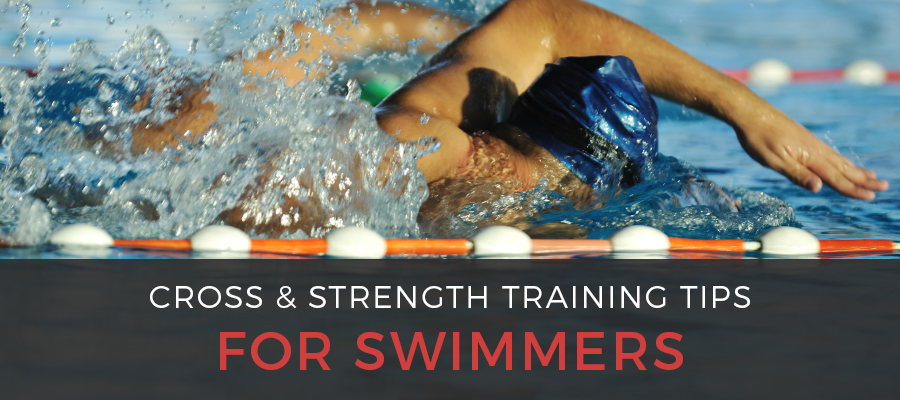
Swimmers spend a majority of their time training in the water, but land-based training may be the key to improving your performance in the pool. While swimmers are strong, lean athletes, limiting workouts to the water results in missing the benefits of dryland training. Using different muscle groups, using the impact of gravity and improving your mental approach to the sport can all help you develop into a strong, balanced athlete.
Explore our cross training tips for swimmers to make an even bigger splash in the pool.
Benefits of Cross and Strength Training for Swimmers
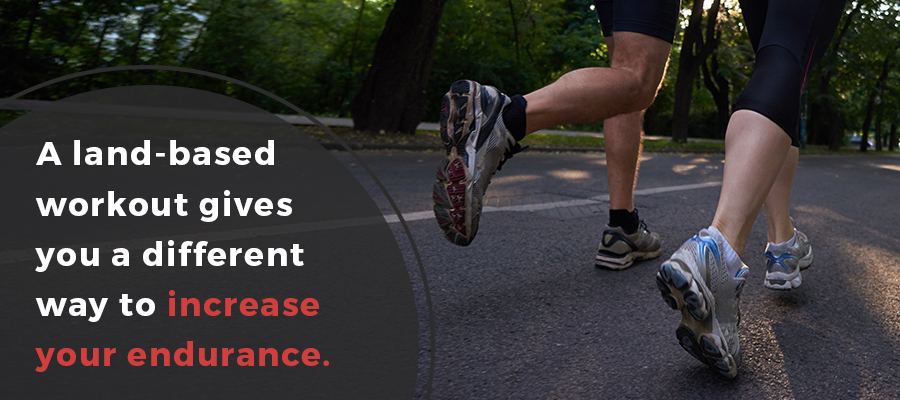
Your swimming training plan includes intense hours in the pool. Your coach wants you to swim lap after lap to improve your speed and form. But what if the key to improving your swimming performance actually lies on dry land? Your cross and strength training shouldn’t interfere with your regular swimming workouts, but making time for different forms of physical activity offers many benefits.
Below are important reasons to add cross and strength training to your swimming routine:
- Improved strength and speed: Your workouts in the pool build your cardiovascular health and strength, but exercising outside the pool can increase your strength even more. Swimming doesn’t put a huge amount of stress on your muscles, but performing dryland activities that build strength by stressing the muscles helps your overall physique.
That increased strength can help you improve your speed in the water. When you take on a new physical activity, you engage different muscles in different ways. This can give you greater power and strength behind your movements.
- Increased endurance: A land-based workout gives you a different way to increase your endurance. Running, boxing or other exercise routines may challenge your cardiovascular strength in a new way, which can increase your overall endurance. That endurance helps you swim longer and harder in practices and in competitions.
- Mental boost: Tackling something new gives you mental strength you can transfer to the pool. The extra workouts push your physical limits, increasing your mental fortitude.
- Increased confidence: You feel good when you perform well and are physically fit. Expanding your workouts with cross training and strength training gives you that healthier, stronger fitness base. Seeing changes in your physical appearance and improvements in your physical performance gives you confidence, which fuels continued success in swimming and beyond.
- Injury prevention: Cross training for injury prevention is two-fold. First, the break from your usual swimming routine helps prevent overuse injuries. These injuries can occur when you repeatedly use the same muscles for the same actions. By throwing in some running, yoga, boxing or other activities, you work different muscles to break up the routine.
The second way cross and strength training helps prevent injuries is by strengthening the body. When your body is strong, you are better able to perform physically with a lower risk of injury.
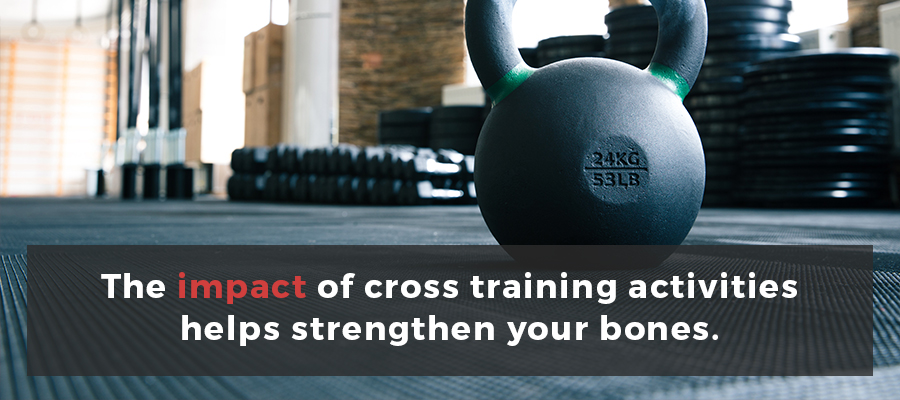
- Targeted work on weaknesses: Everyone has areas for improvement. Getting out of the pool helps you focus on those areas of weakness. If your muscle strength is disproportionate due to the repetitive movements of swimming, use cross training as a way to balance out your body. If your reaction time is slow, choose an activity that requires fast thinking and quick movements to improve your speed in the pool.
- Increased bone density: Workouts in the water offer non-impact exercise that is easier on the joints, but those workouts don’t increase bone density. Without the resistance of gravity, your bones don’t get stronger. The impact of cross training activities helps strengthen your bones, which is particularly important for women, who already have a higher risk of osteoporosis.
- Mental break: You love swimming, but sometimes you need a break from the pool. Cross and strength training let you experience new activities while continuing to improve physically. You may discover a new passion for weightlifting or for another cardiovascular activity. Spending time away from the pool may also make you even more excited to dive back in for your next swimming workout. The mental and physical break from the pool can help you maintain your excitement and improve your focus.
- Varied skills: Participating in various land-based activities forces you to develop new skills or hone skills you already have. Yoga helps you develop balance and mindfulness, for example. Those new or enhanced skills give you a well-rounded approach to fitness. You have a stronger, more developed base that helps you perform any physical activity at a higher level.
- New challenge: If you swim competitively or swim frequently for fitness, you likely have the skill mastered. While there’s always room for improvement in the pool, cross training gives you a new physical challenge to tackle. This may be particularly appealing if you have a competitive spirit or always like to try something new.
Try Cross Training Activities That Benefit Swimming
A number of physical activities keep you active and build endurance, but some activities are better suited to improving your performance in the pool. Those activities work muscles that are essential in swimming, as well as building cardiovascular endurance. Choose an activity that suits your personal preferences, improves your swimming performance and matches your personal goals for improvement.

Try one or more of these cross training exercises to help with swimming:
- Running: Regular running increases your cardiovascular endurance while keeping your body lean and strong. That lean, strong body type works well in swimming and may help improve your efficiency in the water. The impact of running also increases your bone density, which may help you prevent osteoporosis.
Like swimming, running uses a lot of repetitive motions. That similarity and the grueling physical exertion required for running help improve your mental stamina. Learning to push through while running, even when you’re exhausted, translates well to the discipline needed to push through long or difficult workouts in the pool.
- Boxing: A boxing workout puts a heavy emphasis on the upper body, which is where swimmers need a lot of strength. Boxing engages the core, which gives you a strong base for all activities, including swimming. Strengthening your core keeps your body stable while your arms and legs move quickly in the water.
A boxing routine is easy to modify at different intensity levels and to focus on different moves based on personal need. Kicking and punching may sound easy, but the moves used in boxing get your heart rate up to improve your cardiovascular conditioning. You can use boxing moves to improve both your power and speed, which translates well to the pool.
- Yoga: Regular yoga workouts complement many of the functions needed by swimmers. The movements strengthen your muscles while increasing your flexibility to improving your range of motion. The poses require balance and core strength, which help improve your body alignment and keep you stable in the pool. Yoga incorporates the entire body, helping you work all of your muscles groups when not in the pool. The poses work to extend muscles — an important quality to get full arm and leg extension with every stroke in the pool.
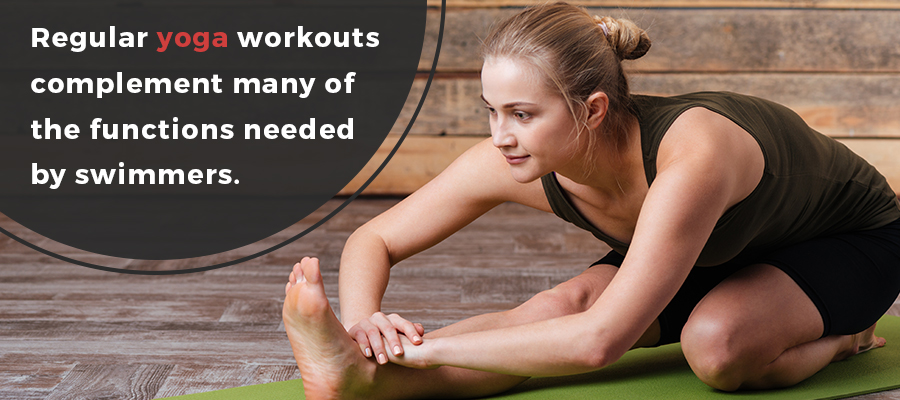
Yoga also places a strong emphasis on breath. That controlled breathing is an essential skill while swimming, and yoga helps you practice that focus on your breath even when you aren’t in the water.
- Gymnastics or dance: The lean, muscular, low-body-fat frame of gymnasts and dancers is compatible with the requirements of swimming. Gymnastics and dance moves build core strength, which helps you master rotations in the water while keeping yourself stable.
This activity option also increases your flexibility — particularly in the ankles and shoulders, where you need the flexibility for the pool to improve the power behind your stroke. You develop an awareness of your body, because even the smallest movement can throw off the gymnastics or dance move. That body awareness may help you improve your positioning and form in the pool.
Set Goals for Cross Training
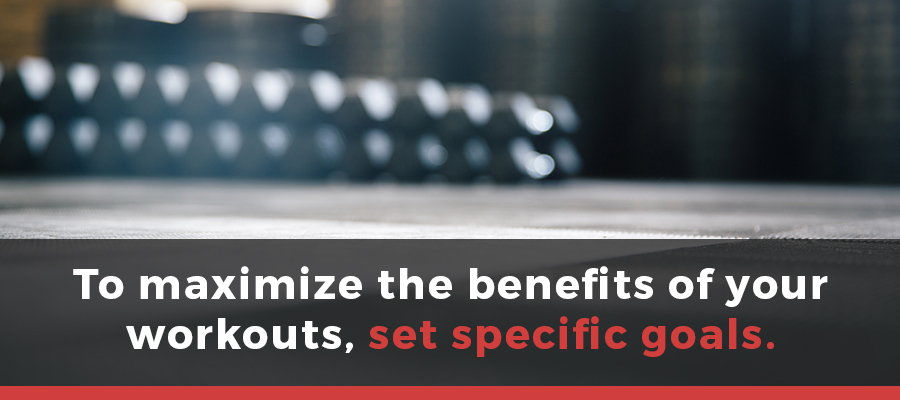
The best cross training for swimmers supports your goals in the pool. The cross training should work with your swimming routine instead of working against it. To maximize the benefits of your workouts, set specific goals. If you’re not sure what type of goals to set, take a look at your swimming. Are there areas that need improvement? Do you want to see faster times? Do you feel unstable in the water? What does your coach repeatedly tell you to improve? Those points can help you clarify your cross training goals.
When developing goals, be specific and choose something you can measure. For example, your goal might be to cut a specific amount of time when you swim a particular distance. Decide on specific cross training actions you can take to achieve those goals. To increase your speed in the pool, you might incorporate a full-body strength training program to increase muscle strength and add in a cardiovascular exercise, such as running, to increase your endurance. Check in on your progress periodically to determine whether you’re meeting your cross training goals.
Change Your Cross Training Intensity
Just like your swimming workouts vary in intensity and focus, your dryland training should push you with variety. That variety depends partially on the specific activity you choose. For example, if you choose running as your cross training activity, you might vary the distance of your run.
Here are some ways to change up your cross training workouts to make them more effective:
- Go long: Schedule long workouts that extend the amount of time you stay active. These longer workouts may be at a slightly slower pace or lower intensity to account for the longer workout. For example, go for a long-distance run at a consistent slow to moderate speed. Long sessions help you increase your endurance and prep you for long workouts in the pool.
- Speed work: Other workouts focus on short, fast bursts of intense exercise while still focusing on proper form. For example, you might incorporate a track workout that includes short bursts of sprinting between slower lengths of jogging. In a boxing workout, you might hit the bag as many times as possible in one minute without losing proper form.
- Higher intensity: Another way to shake up your workout is to add intensity to the activity. When running, that might mean running a hilly route. The hills require you to exert more effort. In boxing, you might focus on hitting the bag with intensity instead of worrying about how fast you hit it.
Choose Swimmer-Friendly Strength Activities
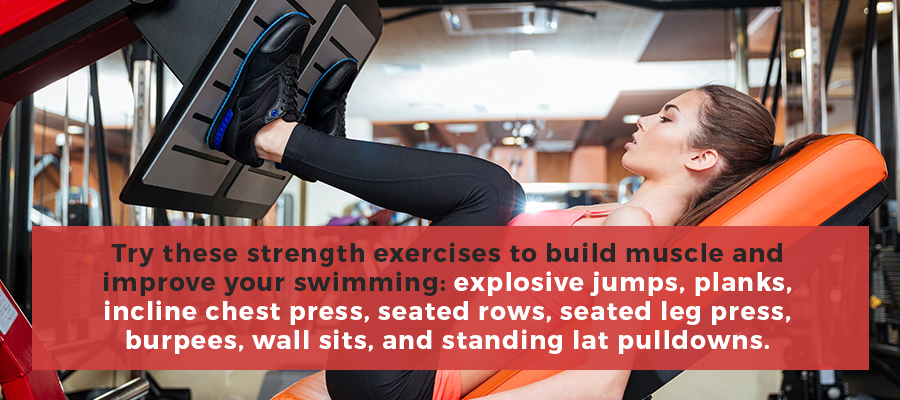
The best strength training for swimmers should target muscles used in swimming without causing a high risk of injury. The knees and back in particular are prone to injury if you put excess stress on them during a strength training session. Squats, cleans and dead lifts are examples of exercises that may increase the risk of injury.
Try these strength exercises to build muscle and improve your swimming:
- Explosive jumps: Squat to 90 degrees with your butt out and jump explosively 15 times with a quick reset between jumps. These explosive movements help you when you jump off the blocks and as you make turns under water.
- Plank: The plank is a simple yet highly effective way to build your core strength, which helps stabilize your body.
- Incline chest press: This weightlifting exercise engages the upper chest and shoulders: two areas that get plenty of use in the pool.
- Seated row: This move works your shoulders, which play a key role in your swimming strokes.
- Seated leg press: A seated leg press at the gym gives you a way to strengthen your legs with a similar motion to your push-offs in the pool.
- Burpee: This strength move adds in a little cardio to make it a well-rounded exercise for swimmers. It can be done almost anywhere with no equipment, which also makes it appealing. The hop up after the push-up incorporates some of that explosive movement that helps in the pool.
- Wall sit: The wall sit is another easy exercise you can do anywhere, as long as you have a wall or other firm surface for support. Not only does it kick in the lower body strengthening, but it also encourages a good posture by aligning your body with the wall. That improved posture helps out when swimming.
- Standing lat pulldowns: Your lats help pull you through the water, so working them during your dryland training gives you more strength behind your stroke in the pool. The standing position enhances your core strength.
Hit Every Muscle Group in Different Ways With Strength Training
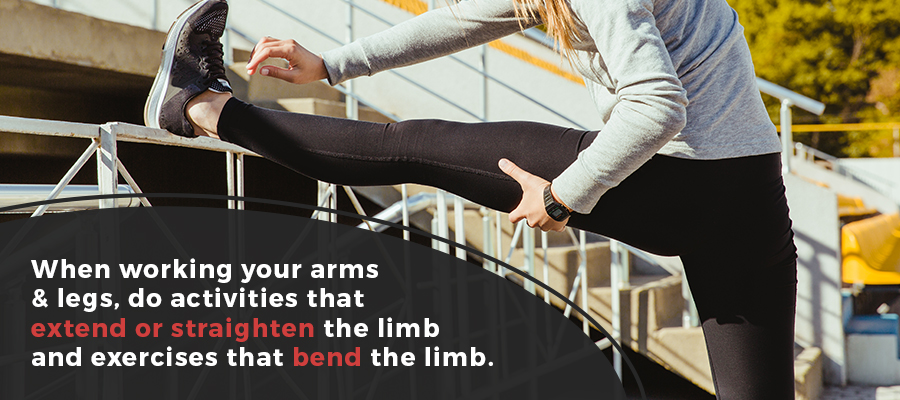
Your upper body pulls a lot of the weight in the pool, but your dryland strength training should incorporate muscles throughout the body. If you only focus on your upper body, your body becomes unbalanced in its strength. This can cause your body to tip in the pool, with your legs trailing downward, creating greater resistance that will slow your swimming speed.
Another example of unbalanced strength is in your upper body. If you work your pectoral muscles excessively without giving your shoulders and back a workout, you may take on a hunched stance. This interferes with your swimming stroke and could put more strain on those other areas.
One of the best strength training tips for swimmers is to work all of your muscles and balance your movements. Use opposing motions to create a balance, stable, evenly strengthened body. When working your arms and legs, do activities that extend or straighten the limb and exercises that bend the limb. For example, press exercises straighten the arm, while pull exercises bend the arm. Leg extensions straighten the leg, and hamstring curls bend the leg. For back exercises, pair crunches and other moves that flex the spine with planks and similar exercises to straighten and extend the spine.
This balancing act in your strength training workouts ensures the muscles in your body can support each other and work together, both in and out of the pool.
Customize Your Strength Training Program
Each swimmer comes from a different starting point. You have specific strengths and weaknesses in and out of the pool. Your body also reacts differently to new workouts. Customizing your strength training program to fit your needs as a swimmer is key to finding success without injury.
If you have a swimming coach, work with that person when planning your strength training regimen. If you don’t have a coach, seek professional advice from a personal trainer who has experience in both swimming and strength training. This expert guidance ensures your weight lifting and other strength exercises benefit your swimming.
The strength exercises should not become too strenuous. If the new regimen interferes with your swim training, it may be time to rethink the type and intensity of exercises you’re doing outside the pool. Listen to your body and adjust your extra workouts as necessary to complement your swimming.
Developing Your Cross and Strength Training Program

Your swimming routine is customized to your specific goals, strengths and needs. Your cross and strength training program should have that same level of customization to get the most benefit. Safety and injury prevention are also important when expanding beyond the pool for your workouts.
Follow these guidelines for more help as you integrate cross and strength training into your swimming routine:
- Warm up properly: Just like your swimming workout requires a proper warm-up period, any cardio or strength training sessions require a warm-up to prepare the muscles. If you jump right into the activity, you increase your risk of injury, which could interfere with your swimming season.
- Practice proper form: Performing weight lifting and cardio activities correctly with proper form is another important way to prevent injury. Work with a trainer initially to develop proper form. Monitor your form as you engage in activities to maintain your posture and motions.
- Vary the workout: Cross and strength training give you variety from your usual swimming workout, but you also need to incorporate variety into those activities. If you constantly work out at the same level or lift at the same weight, you won’t make any gains. Interval training is one way to push yourself.
- Schedule your workouts: You don’t want cross or weight training to overtake your swimming schedule, but you do want enough sessions to make a difference. Aim for about three workouts outside of the pool each week. Schedule those workouts so they don’t interfere with swimming practice.
- Stick with it: Taking on a new form of training is often challenging. Pushing yourself in the weight room may feel too difficult. Prepare yourself mentally for the challenge. Remind yourself of the gains in the pool and in general when you feel frustrated with cross or strength training.
- Fuel your workouts: Proper nutrition is essential in any form of exercise. Fuel your swimming and cross training activities with nutritious food with enough protein and carbohydrates to support your activity level.
- Gear up: Getting ready for a swimming workout is relatively easy: a swimsuit, goggles and swim cap get you going. When you dip your toes into other sports and activities, make sure you have proper equipment. Yoga is an easy activity to start without special equipment. A simple yoga mat gets you on the way.
Running requires special running shoes with targeted support to prevent injury. The shoes should support your specific running stride. Other activities may require additional equipment. Boxing requires wrist wraps and gloves, for example. Those pieces of equipment may seem unnecessary, but they protect you during the activity to prevent injuries that could keep you out of the pool.
- Balance dryland training: Focusing only on weight lifting without engaging in cardiovascular activities limits your progress. The same is true if you only choose cardio workouts without doing any strength training. Like most things in life, finding a balance between cardio and strength training helps you make the most effective use of your workout time outside the water.
Whatever your goals for your swimming performance, adding in cross and strength training can help you get there faster. Create a balanced plan with a focus on injury prevention to start seeing improvements in and out of the pool.



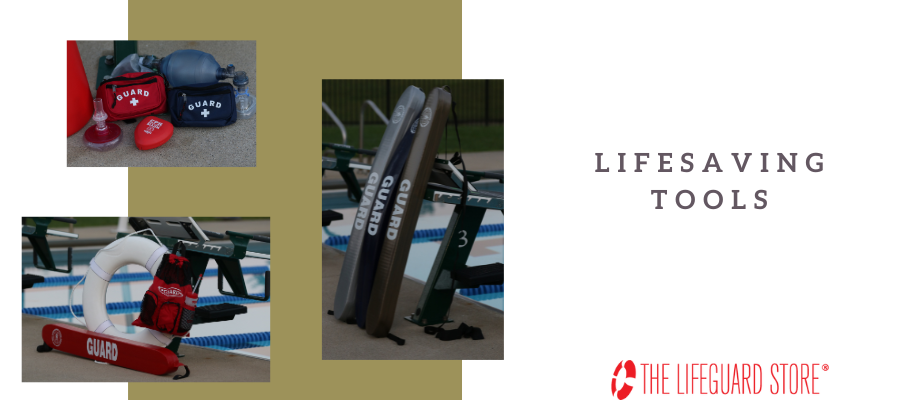
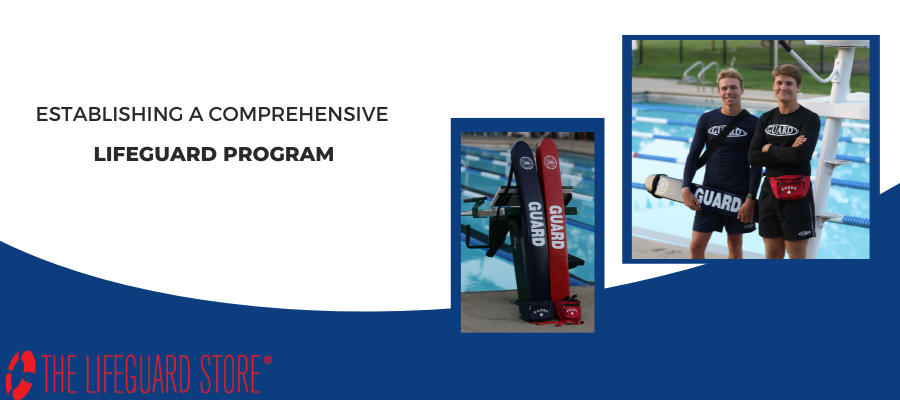
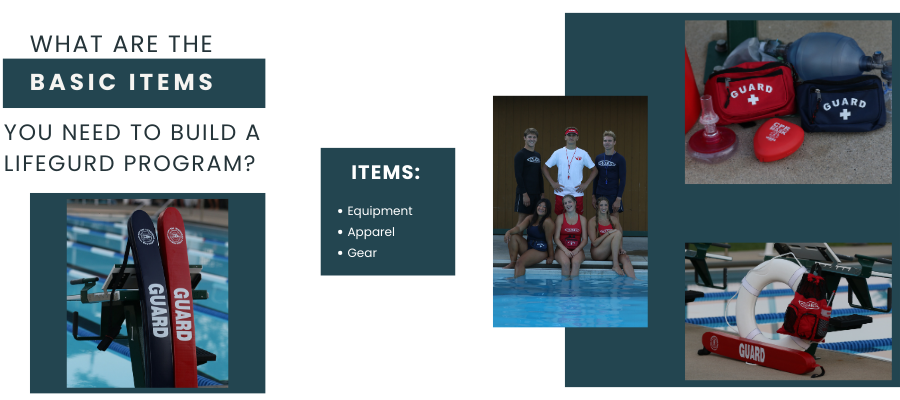
Leave a Comment
Your email address will not be published. Required fields are marked *